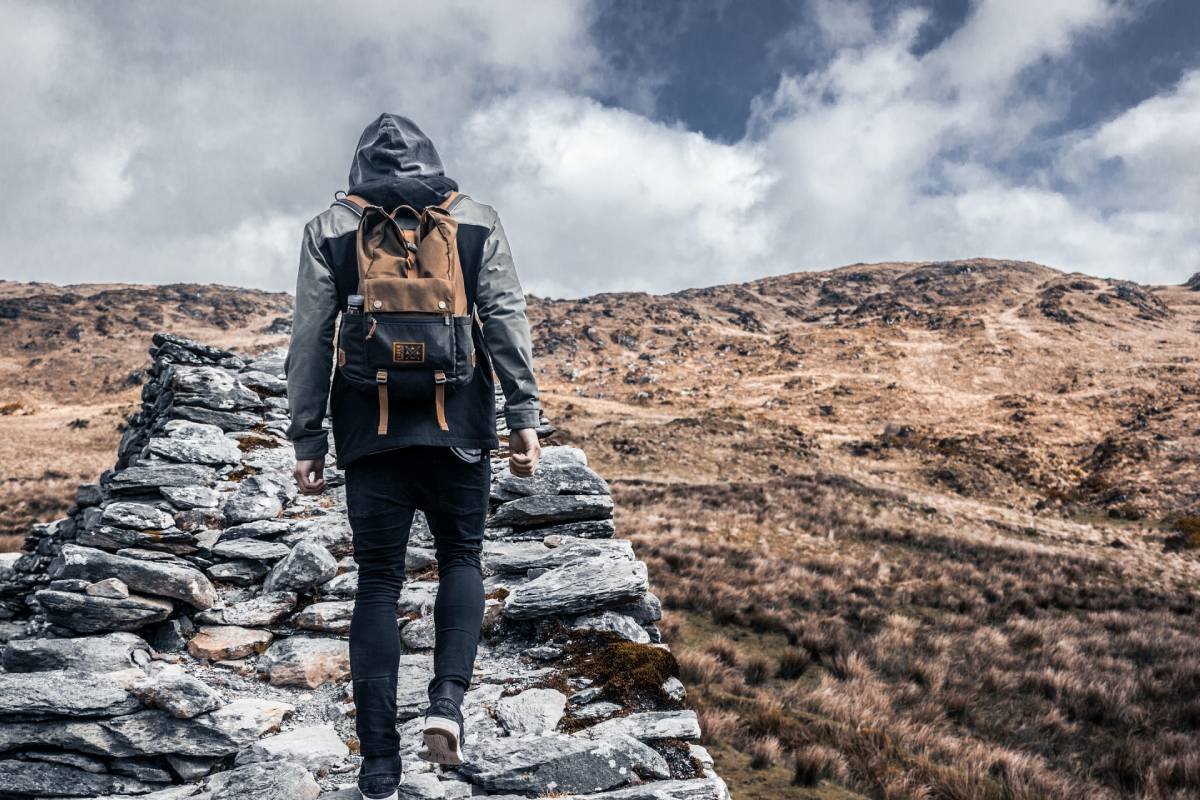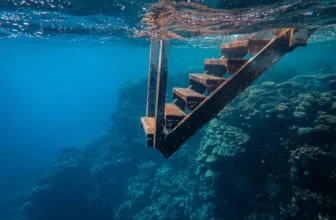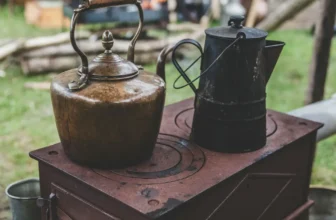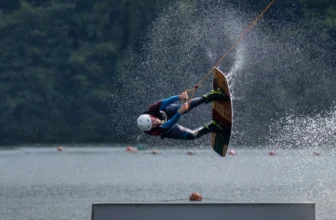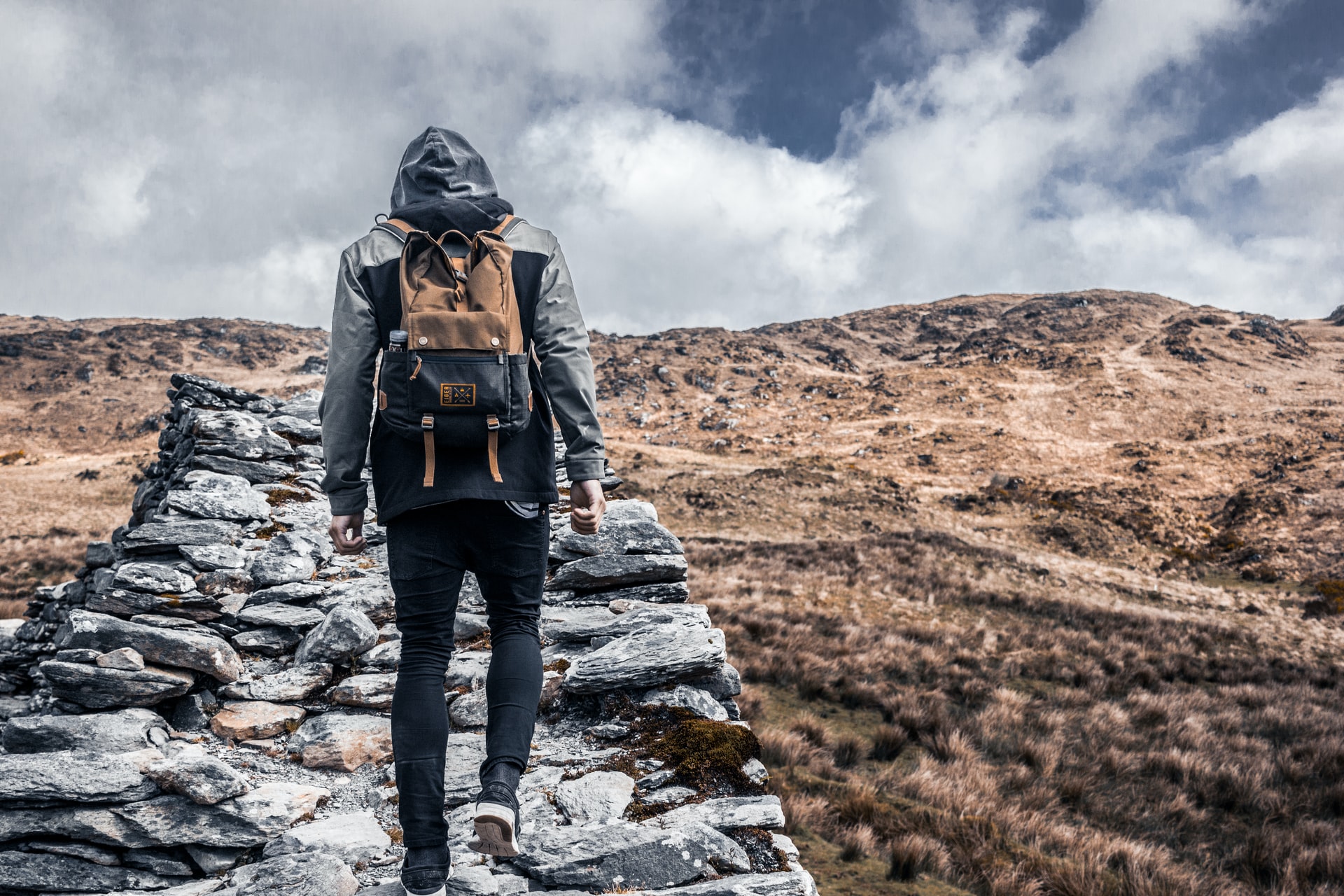
Are you looking for new ways to spend the rest of the weekend with your family? If so, then you might want to try out freshwater fishing.
Freshwater fishing is one of the most fun, exciting, and family-friendly activities seasoned and occasional boaters enjoy doing. If this is your first time, you’re probably clueless about how to make your first fishing journey successful. But, don’t worry—you’re on the right page.
In this article, you’ll discover the best tips and tricks that’ll help you master freshwater fishing in no time. Whether you’re a beginner or advanced angler, these fishing hacks will surely help you learn everything about freshwater fishing.
But, before you dive further into the details, it’s important to have a basic understanding of what freshwater fishing means.
Freshwater fishing means fishing in a body of water where the salinity level is 0.05% or less, such as lakes, ponds, rivers, streams, and other naturally occurring or man-made bodies of water. These places nurture different species of fish that change how you should fish. Also, you can use a kayak or a small fishing vessel in freshwater, unlike saltwater fishing.
Prepare Everything You Need
Before you start sailing, make sure to grab all the fishing and boat accessories you need for a worry-free fishing experience. Here are the essential tools and equipment you’ll need:
- Second Anchor: To prevent your boat from swinging back and forth, it’s ideal to use another anchor at the rear end of your vessel, especially during windy days.
- Brush Clip: This is highly recommended, especially on shallow waters. It prevents your boat from making noise when putting the anchor down or repositioning it.
- Drift Sock: You can use drift socks to help your boat move slowly so you can catch a fish. This accessory is perfect for drift fishing.
- Scissors: It’s always great to have scissors in hand. You can use this when your bait gets stuck, as well as to trim tangled knots and remove plastic bait traps.
- Fishing Rods: When choosing a rod, make sure it’s stiff and flexible enough to combat the strength of fish. This way, your rods won’t break easily.
- Fishing Reels: These are attached to the rod and used to pull or spool out the line.
- Fishing Hooks: These are attached to the end of the fishing line where bait is included.
- Fish Coolers: If you want to preserve the freshness of your catch, having a cooler may help. But, don’t forget to put buckets of ice before you go, or it won’t be of any use.
These are the tools and accessories you shouldn’t leave without. Otherwise, your first freshwater fishing may result in quite a fiasco.
Know The Right Bait To Use
It’s important to understand that not all kinds of fish prefer the same bait. Also, coordinate with your local office to determine if some rules and regulations may prohibit you from using a specific bait. For example, most lakes don’t allow the use of rough minnows as bait because they may take over the entire lake and let other species die.
Here’s the list of the most common lures and their target fish species:
- Cut Fishing Bait: This refers to fish meat cut into small pieces. Many types of fish are attracted to this bait, especially catfish and carp. For best results, leave the skin on, but scale the fish.
- Leeches: These baits are perfect when catching northern pikes and walleyes, and these should be hooked around their tail-end suckers. Also, make sure to use live leeches for best results.
- Dough Balls: These are commercially-made products often labeled for specific fish species, including carp, panfish, carp, and trout.
- Grubs And Mealworms: These are ideal for panfish, trout, and sunfish. They’re often used as live bait and are always available in most shops.
- Minnows: These are baby fish used to catch pike and bass. Hook them through the lips or tail to keep them moving. This is the best way to catch fish with them.
- Insects: These include grasshoppers, ants, caterpillars, and beetles. They’re best used for catching brown trout, panfish, and sunfish.
Use A Map
When fishing in a pond or lake, it’s important to understand its topography. This way, you’ll be able to identify which parts of the body of water are deeper and shallower. Also, this will tell you what kinds of fish thrive in that specific location.
For example, if you want to catch yellow bullhead, northern pike, or largemouth bass, consider fishing in shallow lakes or ponds. These kinds of fish usually thrive in shallow areas.
Fish At The Right Water Temperature
When fishing in freshwater, it’s important to consider the temperature of the water. Why? Because fish are believed to be active and would probably take the bait if the water temperature is within the range they love. And, it’s different for every species of fish.
Here’s a list of different kinds of freshwater fish and the water temperature range they prefer:
- Largemouth Bass: 65F to 75F
- Rock Bass: 70F to 74F
- White Bass: 65F to 70F
- Walleye: 64F to 70F
- Yellow Perch: 68F to 72F
- Catfish: 82F to 88F
- Steelhead Trout: 55F to 60F
- Lake Trout: 50F to 55F
- Brown Trout: 56F to 66F
- Salmon: 55F to 58F
- Bream: 71F to 75F
You may use a basic thermometer to determine the water temperature of that specific body of water. Also, you may consult other anglers in the area who are most likely familiar with the fishing environment.
Wash Your Hands
It may seem funny, but it’s an important rule when it comes to freshwater fishing. Freshwater fish have a really strong sense of smell that may affect your fishing performance. If they detect a scent unfamiliar to them, they’ll probably stay away and hide from you.
Make sure your hands are free from alcohol, perfume, lotion, sanitizer, and anything you’d consider putting onto your hands. Also, make sure your hands don’t reek of soap. Always ensure that it doesn’t smell anything. You may also wash your hands with lake or pond water to provide a familiar smell to the fish.
Final Words
Freshwater fishing is one of the best ways to enjoy your weekend with your loved ones. However, it may be a tough challenge for starters. If that’s the case, kindly refer to the discussion above for a foolproof guide that’ll help you catch your first fish successfully.
Keep in mind to keep your hands clean, use the right bait and water temperature for the right fish, learn the topography of your fishing location, and get everything ready. With these tips, freshwater fishing will be as easy as 1-2-3.
Images:

